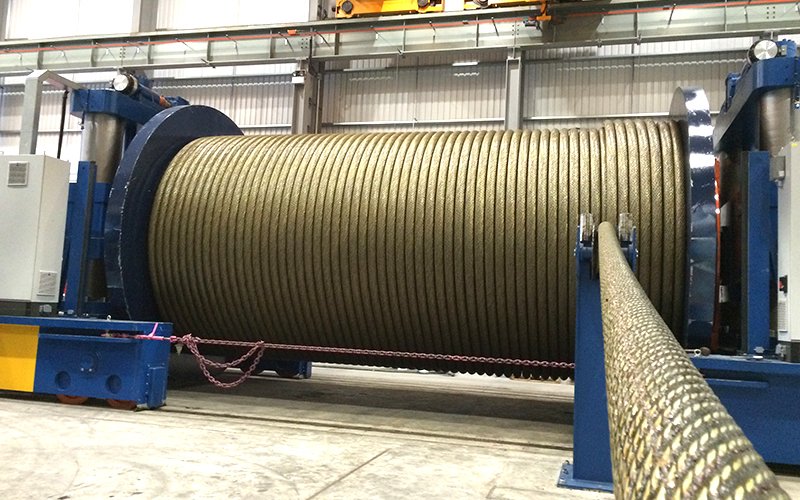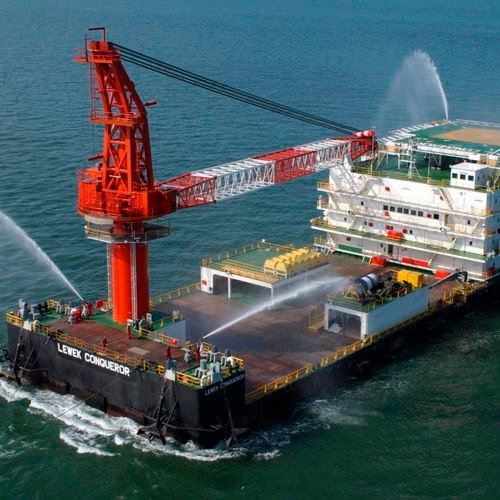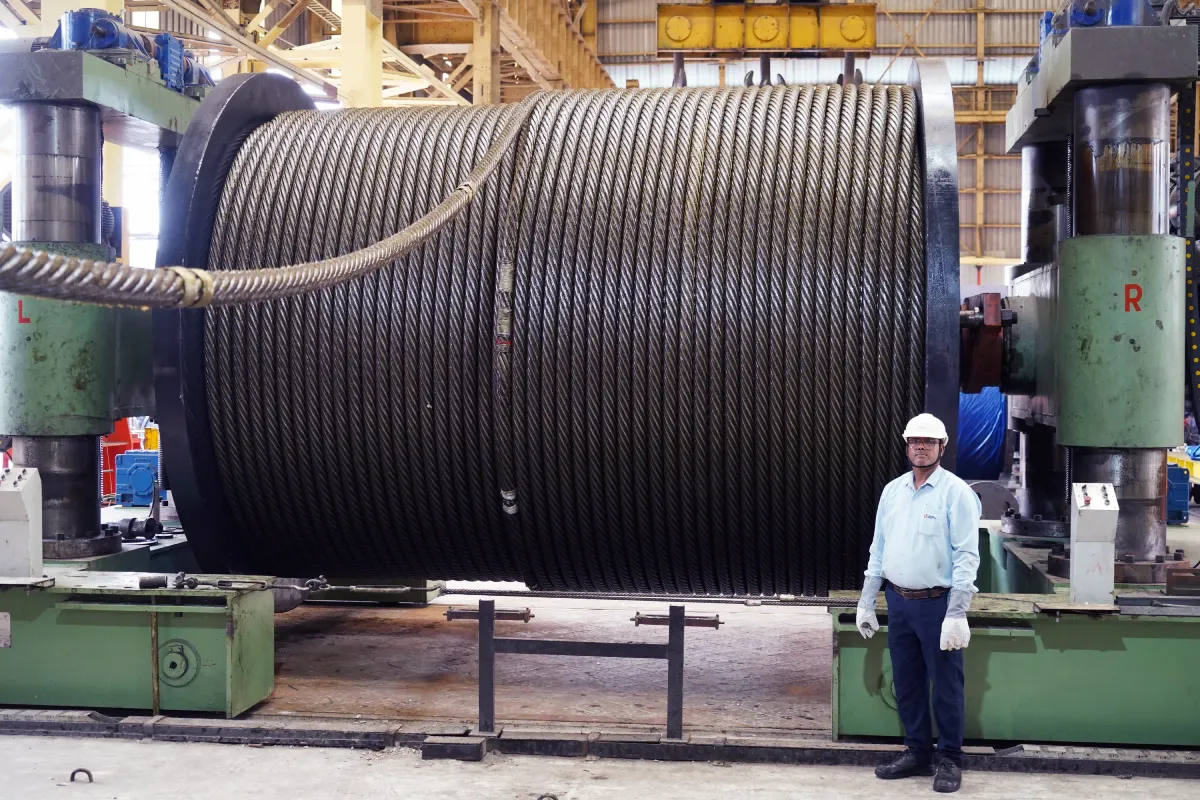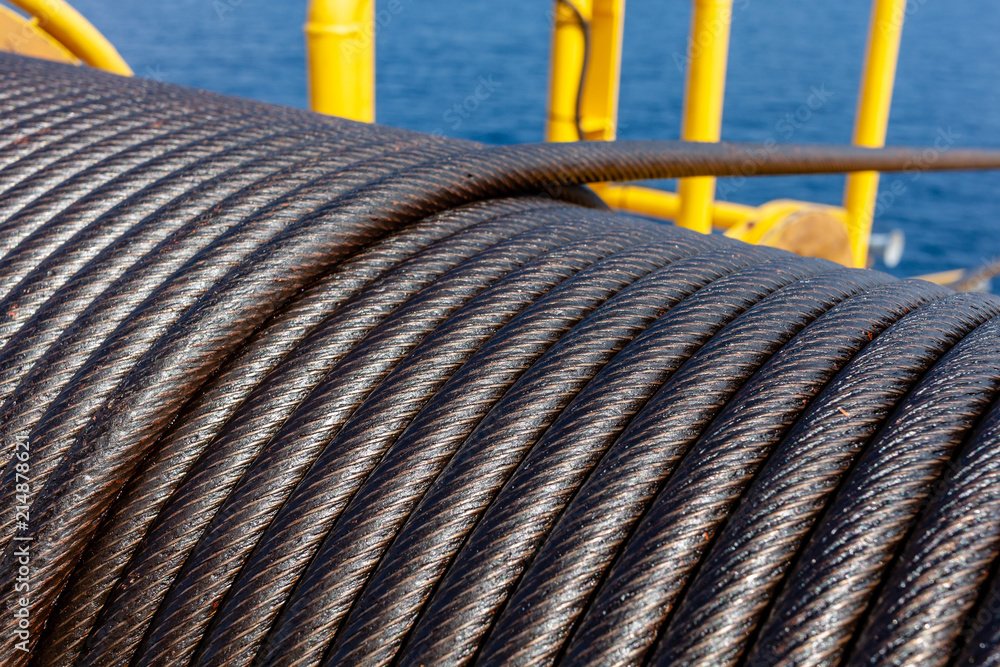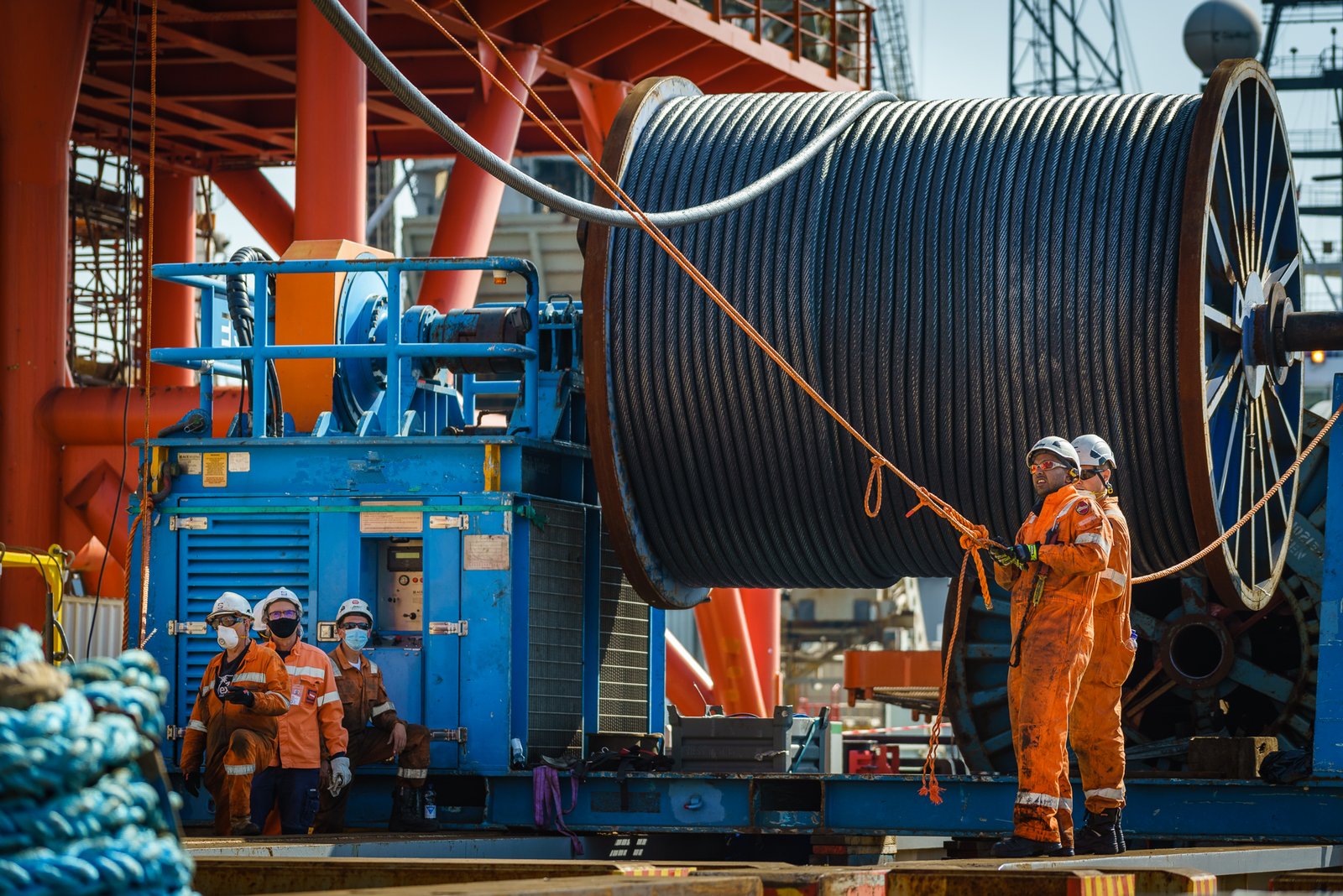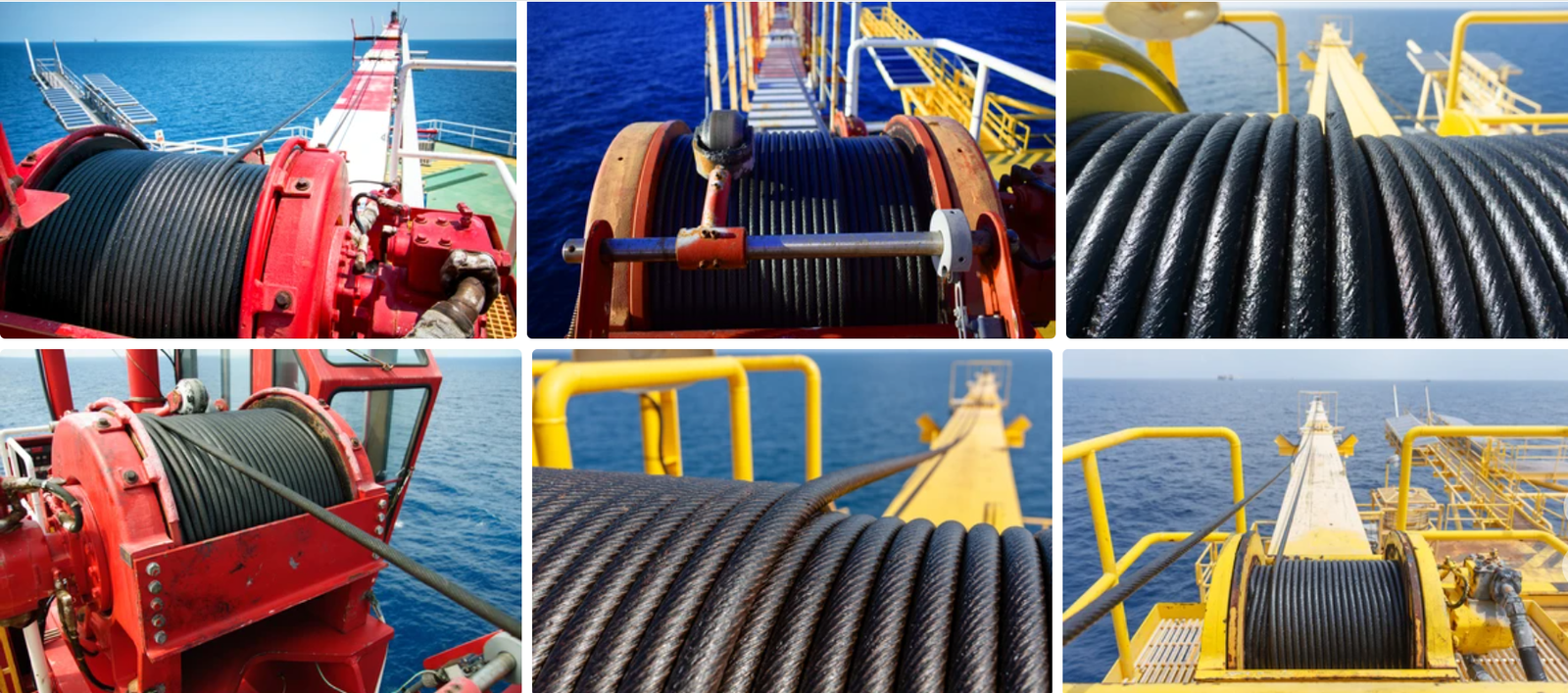Piling rigs demand wire ropes that withstand extreme stress. Yet, many contractors face premature rope failures, leading to costly downtime. The right wire rope hinges on material quality, tensile strength, and compliance with industry standards—critical factors often overlooked.
Snippet paragraph: Reliable wire ropes for piling rigs require high tensile strength (minimum 1,770 MPa), EN12385-4 compliance, and certifications like BV or CE. Galvanized coatings and plastic impregnation enhance corrosion resistance in harsh environments.
Transition paragraph: Let’s dissect why these factors matter and how to avoid common pitfalls when selecting wire ropes.
How Does Tensile Strength Affect Piling Rig Performance?
Wire rope tensile strength directly determines its load-bearing capacity. In piling operations, ropes endure dynamic forces from heavy percussive hammers and static loads during soil displacement.
Snippet paragraph: High tensile strength (1,770-2,160 MPa) ensures wire ropes absorb shock loads without deformation. This prevents unexpected breaks during deep foundation work, reducing safety risks and project delays.
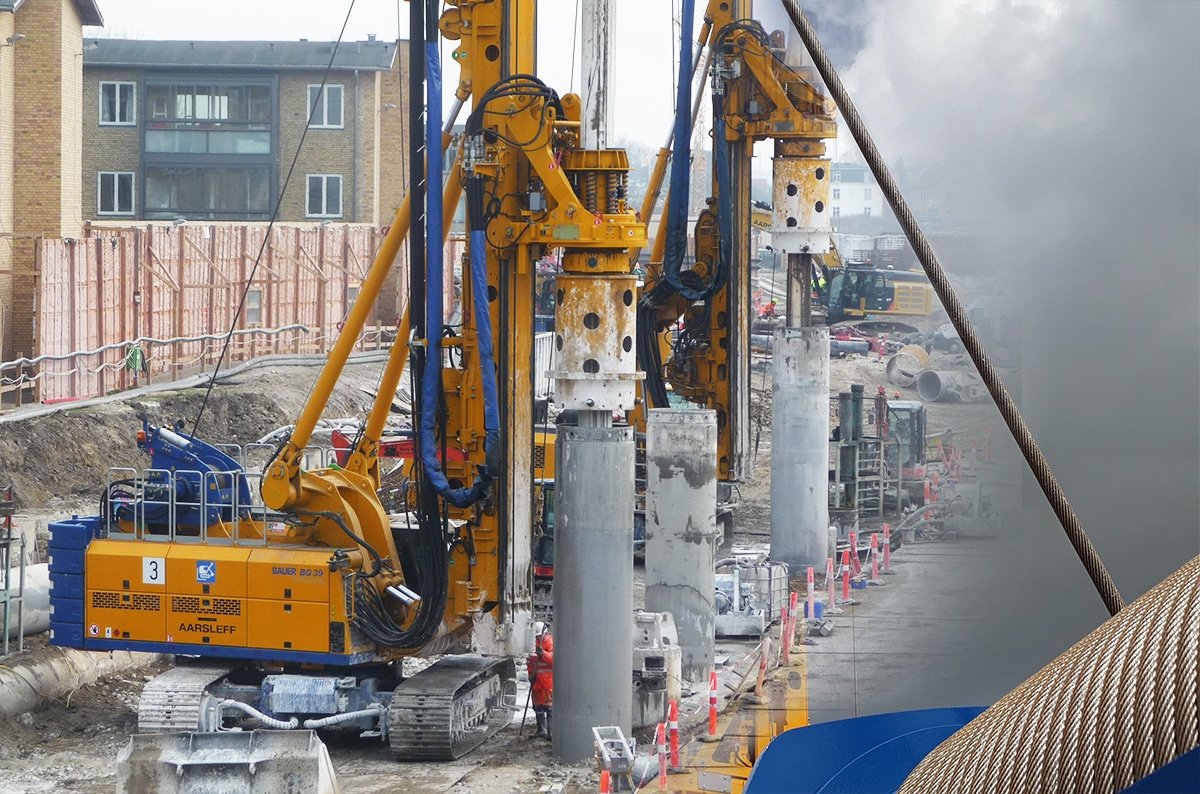
Key Tensile Strength Requirements
| Grade | Minimum Tensile Strength (MPa) | Ideal Use Case |
|---|---|---|
| 1770 | 1,770 | Shallow piling (0-15m) |
| 1960 | 1,960 | Medium-depth (15-30m) |
| 2160 | 2,160 | Deep foundations (>30m) |
Deeper projects demand Grade 2160 ropes to handle increased friction and load stress. Lower grades risk overstretching or snapping under heavy cyclic loads.
Why Are Certifications Non-Negotiable for Piling Wire Ropes?
Certifications validate a wire rope’s quality and safety. For multinational projects, lacking proper documentation can stall deliveries or trigger legal disputes.
Snippet paragraph: BV, CE, RMRS, and DNV/ABS certifications ensure compliance with EU, maritime, and offshore standards. These prove the rope’s material integrity and load-testing rigor, which insurers and regulators require.
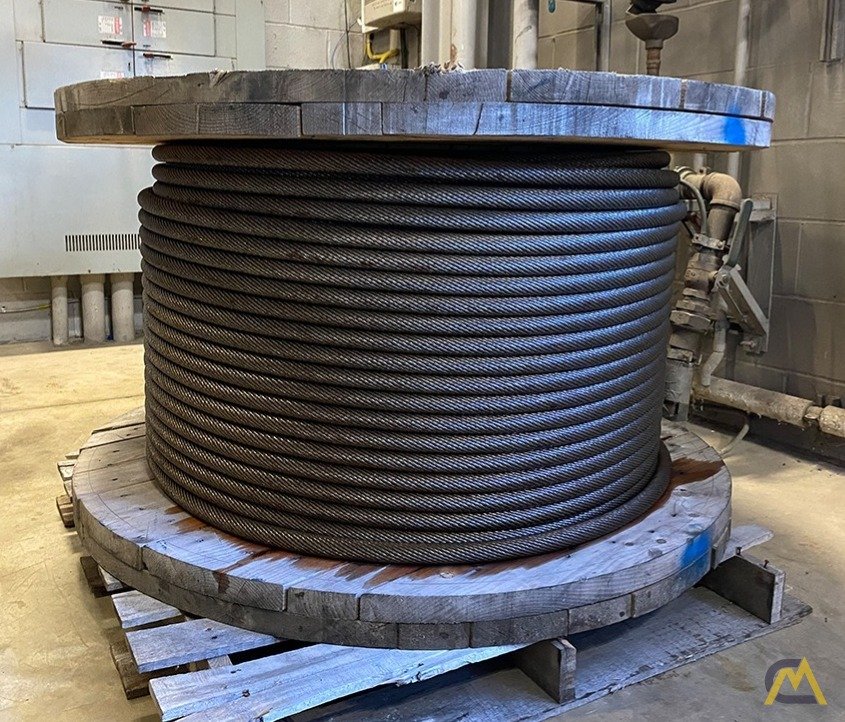
Regional Certification Requirements
| Region | Mandatory Certifications | Typical Applications |
|---|---|---|
| Middle East | CE, DNV | High-rise foundations |
| Southeast Asia | RMRS, ABS | Port construction |
| Australia | AS 1666.1 | Mining infrastructure |
Contractors in Australia, for instance, prioritize AS 1666.1-certified ropes to meet local mining safety codes. Overlooking regional specifics risks rejected shipments.
When Should You Opt for Galvanized or Plastic-Impregnated Ropes?
Corrosion accounts for 60% of wire rope failures in piling. The choice between galvanization and plastic impregnation depends on environmental exposure and project duration.
Snippet paragraph: Galvanized ropes suit saline or humid environments (e.g., coastal areas), while plastic-impregnated variants excel in chemically aggressive soils or long-term projects needing minimal maintenance.
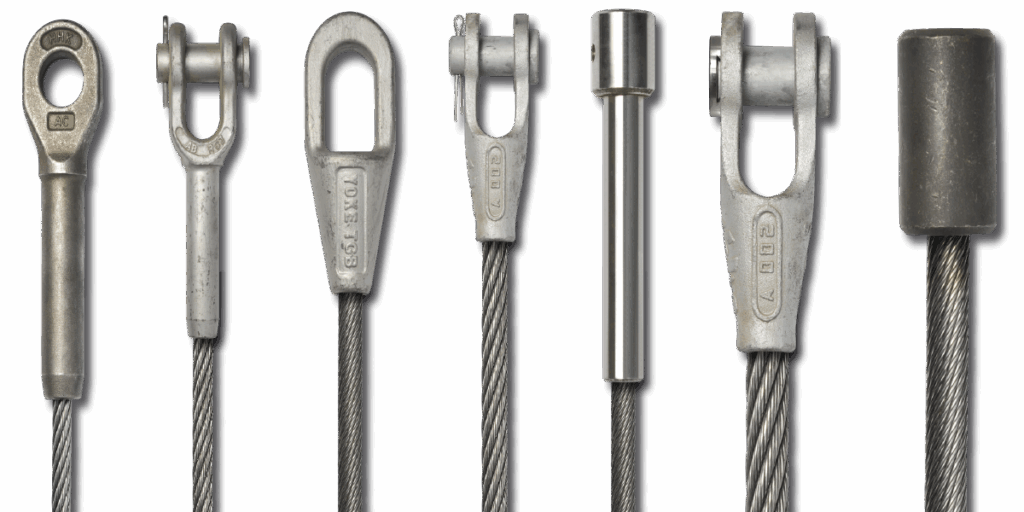
Cost vs. Lifespan Comparison
| Coating Type | Service Life (Years) | Upfront Cost (vs. bare rope) |
|---|---|---|
| Galvanized | 3-5 | +15% |
| Plastic-Impregnated | 8-12 | +30% |
Plastic impregnation’s higher initial cost offsets frequent replacements in multi-year projects. For short-term urban piling, galvanization provides adequate protection.
Conclusion
Selecting wire ropes for piling rigs demands attention to tensile strength, certifications, and corrosion protection. Prioritizing these factors minimizes downtime and ensures compliance across global projects.

